Explore the top Traditional Festivals in Southeast Asia month by month – from Vietnam’s Tet and Thailand’s Songkran to Cambodia’s Pchum Ben. Discover the colors, traditions, and cultural depth of Southeast Asian Festivals with Multi-Country Asia Tours!
The Spirit of Southeast Asian Festivals
The cultural richness of Southeast Asia lies not only in its landscapes and landmarks but also in its celebrations. From Buddhist and Hindu ceremonies to Chinese and Christian traditions, the region boasts a calendar filled with vibrant events. These Traditional Festivals in Southeast Asia reflect centuries of history, faith, and community values.
For travelers, joining Southeast Asian Festivals is an immersive experience. It goes beyond sightseeing, allowing visitors to share in rituals, taste special foods, and witness traditions that have been passed down for generations. Whether you are splashed during Thailand’s Songkran, gazing at lanterns in Chiang Mai, or savoring Tet delicacies in Vietnam, each festival reveals a deeper understanding of the spirit of Southeast Asia.
Top 10+ Celebrations and Traditional Festivals in Southeast Asia by Month
Tet Nguyen Dan (Vietnam) – The Lunar New Year of Southeast Asia
Among the most important Traditional Festivals in Southeast Asia, Vietnam’s Tet Nguyen Dan, or simply Tet, stands out for its cultural significance and scale. Usually falling in late January or early February, Tet is Vietnam’s Lunar New Year and marks the arrival of spring. It is not just a festival—it is the heartbeat of Vietnamese life and identity.
Tet is deeply rooted in the idea of renewal and family reunion. In the weeks leading up to Tet, Vietnamese families clean and decorate their homes to sweep away bad luck and welcome prosperity. Streets are filled with blossoming peach trees in the north and golden apricot blossoms in the south. Markets sell kumquat trees, red calligraphy, and festive food items.
During Tet, families prepare special dishes such as banh chung (square sticky rice cake), pickled vegetables, and candied fruits, each symbolizing prosperity, longevity, or happiness. Ancestor altars are decorated with offerings, incense, and prayers. Children receive li xi (lucky money) in red envelopes from elders, symbolizing blessings for the year ahead.
For international travelers, Tet offers a unique chance to witness Vietnam’s most cherished cultural expressions. Dragon dances and fireworks enliven major cities, while traditional games and performances take place in rural communities. However, travelers should also note that many businesses close during the holiday as people return to their hometowns.
Tet is not just Vietnam’s most important festival—it is also one of the most iconic Southeast Asian Festivals, reflecting the region’s shared heritage of lunar celebrations and family-centered traditions.
Thaipusam (Malaysia) – Devotion at Batu Caves
Few events demonstrate religious devotion as dramatically as Thaipusam, one of the most unique Traditional Festivals in Southeast Asia. Celebrated mainly by Tamil Hindus in Malaysia, Singapore, and parts of Thailand, Thaipusam honors Lord Murugan, the god of war and virtue. In Malaysia, the heart of the festival is the Batu Caves near Kuala Lumpur.
The spectacle begins with a grand procession where the statue of Lord Murugan is carried from the Sri Mahamariamman Temple to Batu Caves, accompanied by music, chanting, and thousands of devotees. Pilgrims, many barefoot, climb the 272 steps to the caves while carrying offerings of milk. Some devotees perform acts of penance by carrying kavadi—ornate wooden or steel structures attached to their bodies with hooks and skewers piercing their skin.
For travelers, Thaipusam is a profound mix of spirituality and spectacle. It can be overwhelming, with vibrant colors, rhythmic drumming, and the sight of deep devotion etched on participants’ faces. Yet it is also one of the most meaningful Southeast Asian Festivals, as it reveals the resilience of faith and the cultural mosaic of Malaysia.
Witnessing Thaipusam is not about entertainment—it is about understanding how tradition, sacrifice, and belief converge in Southeast Asia’s multicultural fabric.
Songkran (Thailand) & Thingyan (Myanmar) – Water Festivals in Southeast Asia
April is the month of joy across Southeast Asia, as two of the most famous Traditional Festivals in Southeast Asia take place: Thailand’s Songkran and Myanmar’s Thingyan.
Songkran, celebrated from April 13–15, marks the Thai New Year and is both deeply spiritual and wonderfully fun. Traditionally, people poured water gently over Buddha statues and the hands of elders to cleanse away sins and bring blessings. Today, the festival has transformed into the world’s largest water fight, where locals and tourists alike fill the streets armed with buckets, hoses, and water guns. Songkran is a blend of reverence and play, perfectly illustrating the dual spirit of Southeast Asian Festivals.
Meanwhile, Myanmar’s Thingyan shares similar roots but retains a stronger emphasis on tradition. Communities build decorated pavilions, host dance performances, and distribute free meals. Water is also central here, symbolizing purification and renewal. For travelers, Thingyan feels more community-driven and authentic, offering insight into Myanmar’s warm hospitality.
Both Songkran and Thingyan embody the essence of renewal and joy. They are not only celebrations of the new year but also living cultural expressions that make April one of the best months to experience Traditional Festivals in Southeast Asia.
Vesak Day (Across Southeast Asia) – Celebrating the Buddha in Southeast Asia
Vesak Day, also known as Buddha Day, is one of the most revered Southeast Asian Festivals, observed in Thailand, Cambodia, Myanmar, Laos, Sri Lanka, and Indonesia. It commemorates three pivotal events in the Buddha’s life: his birth, enlightenment, and passing into nirvana.
On this day, temples across Southeast Asia are adorned with flowers, candles, and lanterns. Devotees gather for meditation, chanting, and offerings. One of the most spectacular Vesak celebrations occurs at Borobudur in Indonesia, where thousands of monks carry candles in a procession around the massive temple, creating a breathtaking sea of light.
In Thailand, processions circle temples three times, with worshippers carrying candles, incense, and lotus flowers. Acts of generosity are central: people release birds and fish as symbols of compassion, donate food to monks, and practice meditation.
For travelers, Vesak offers a chance to witness Buddhism not as an abstract philosophy but as a living, communal faith. Experiencing Vesak allows visitors to feel the spiritual heartbeat of the region, reinforcing its status as one of the most sacred Traditional Festivals in Southeast Asia.
Pchum Ben Festival (Cambodia) – Honoring the Ancestors
In Cambodia, Pchum Ben is a deeply spiritual festival and one of the most significant Traditional Festivals in Southeast Asia. Lasting 15 days, it is dedicated to honoring ancestors and providing offerings to wandering spirits.
According to Buddhist tradition, it is believed that during this period, the gates of the underworld open, and souls return to visit the living. Families visit pagodas, offer food, and light incense to help guide their ancestors’ spirits. Monks chant prayers throughout the night, creating a solemn and reflective atmosphere.
For Cambodians, Pchum Ben is about gratitude, respect, and family unity. For travelers, it is a powerful reminder that Southeast Asian Festivals are not only about joy and spectacle but also about remembrance and reflection. Attending Pchum Ben allows visitors to experience Cambodia’s deep Buddhist traditions and the central role of family in its culture.
Loi Krathong & Yi Peng (Thailand) – Thailand Festivals of Light and Water
In November, Thailand celebrates two of the most enchanting Southeast Asian Festivals: Loi Krathong and Yi Peng.
During Loi Krathong, people gather at rivers, lakes, and ponds to release floating baskets (krathong) decorated with flowers, candles, and incense. The ritual honors the water goddess and symbolizes letting go of negativity and misfortune. The sight of thousands of candle-lit krathongs drifting across the water is one of the most magical experiences in Southeast Asia.
At the same time, northern Thailand celebrates Yi Peng, the sky lantern festival. In Chiang Mai, thousands of glowing lanterns rise into the night sky, creating a scene of breathtaking beauty. These lanterns carry prayers and wishes, uniting communities in hope and renewal.
For travelers, witnessing these twin festivals is a once-in-a-lifetime experience. They perfectly represent the harmony of nature, spirituality, and community found in Traditional Festivals in Southeast Asia.
Hungry Ghost Festival (Singapore & Malaysia) – Honoring the Spirits
The Hungry Ghost Festival is one of the most distinctive Traditional Festivals in Southeast Asia, celebrated primarily by Chinese communities in Singapore, Malaysia, and parts of Thailand. Held during the seventh lunar month, usually in August, the festival reflects the Taoist and Buddhist belief that the gates of the underworld open, allowing spirits to roam the earth.
Families honor their ancestors and wandering souls by preparing elaborate food offerings, burning incense, and burning joss paper—symbolic money and goods meant to bring comfort to the departed. Streets and public spaces often host makeshift altars, where locals present fruits, rice, and even roasted meats for spirits.
One of the festival’s most fascinating features is getai performances: open-air concerts with singers, dancers, and comedians, staged to entertain both spirits and humans. Front-row seats are left empty for visiting ghosts. For travelers, these lively shows reveal the blend of reverence and entertainment that characterizes many Southeast Asian Festivals.
The Hungry Ghost Festival is not just about fear of spirits; it is about respect, remembrance, and balance between the living and the dead. Experiencing it gives international visitors a deeper understanding of Chinese cultural influence within Traditional Festivals in Southeast Asia.
Bali Arts Festival (Indonesia) – A Month of Cultural Brilliance
Every June and July, Bali transforms into a grand stage for the Bali Arts Festival, one of the most colorful and artistic Traditional Festivals in Southeast Asia. Unlike religious ceremonies, this festival focuses on celebrating and preserving Balinese culture, making it both entertaining and deeply meaningful.
The festival opens with a spectacular parade in Denpasar, featuring dancers in traditional costumes, giant puppets, and gamelan music. Over the following weeks, visitors can attend daily performances of classical Balinese dances such as Barong, Legong, and Kecak, as well as shadow puppet shows and music concerts.
Art exhibitions display paintings, sculptures, wood carvings, and textiles, showcasing the craftsmanship that Bali is famous for. Villages from across the island participate, each bringing their unique style of dance, costume, and ritual.
For travelers, the Bali Arts Festival is a chance to immerse in the island’s cultural heartbeat. It proves that Southeast Asian Festivals are not only about religion but also about art, creativity, and heritage. The energy, beauty, and artistry of Bali’s people make this festival an unforgettable highlight on the cultural calendar of Southeast Asia.
Thadingyut Festival (Myanmar) – Myanmar Festival of Lights
In Myanmar, the Thadingyut Festival is one of the most beautiful and spiritually significant Traditional Festivals in Southeast Asia. Celebrated in October, it marks the end of Buddhist Lent (Vassa) and commemorates the Buddha’s descent from heaven after preaching to his mother.
During Thadingyut, cities, towns, and villages are illuminated with lanterns, candles, and electric lights, symbolizing enlightenment and gratitude. Pagodas are filled with devotees offering prayers and lighting candles, creating breathtaking scenes of devotion under the night sky.
The festival is also about paying respect. Younger people honor their parents, teachers, and elders with gifts, words of gratitude, and gestures of humility. Communities organize charity events, donate food to monks, and share meals with neighbors, reinforcing social bonds.
For travelers, Thadingyut offers both visual beauty and emotional depth. Witnessing thousands of flickering lights across Myanmar’s sacred sites provides a sense of peace and wonder, making it one of the most memorable Southeast Asian Festivals to experience.
Christmas in the Philippines – The Longest Celebration in Southeast Asia
The Philippines, as the only predominantly Catholic country in Asia, celebrates Christmas with unmatched enthusiasm. Starting as early as September and lasting until January, it is the longest festive season in the world and a unique example of Traditional Festivals in Southeast Asia with Christian roots.
The heart of Filipino Christmas is Simbang Gabi, a series of nine dawn masses held from December 16 to 24. Attending all nine masses is believed to grant wishes. After mass, families and friends gather to enjoy festive delicacies such as bibingka (rice cake) and puto bumbong (purple sticky rice steamed in bamboo).
Streets and homes are adorned with colorful parols—star-shaped lanterns symbolizing the Star of Bethlehem. Communities organize Christmas parades, caroling, and charity events, embodying the Filipino values of family, faith, and generosity.
For travelers, Christmas in the Philippines offers a warm and joyous experience. Unlike the more solemn tone of some Southeast Asian Festivals, this celebration blends spirituality with laughter, music, and togetherness. It highlights the diversity of the region, where different faiths and traditions coexist to create a unique cultural landscape.
Essential Travel Tips for Experiencing Traditional Festivals in Southeast Asia
How to Plan Your Trip Around Southeast Asian Festivals
Most Southeast Asian Festivals follow the lunar calendar, meaning the exact dates change each year. Before booking your trip, always check the official festival schedule. For major events like Tet in Vietnam or Vesak Day in Indonesia, flights and hotels can sell out months in advance. If you want to secure the best accommodation near festival venues, early planning is essential.
Dress Code and Etiquette When Visiting Traditional Festivals in Southeast Asia
Festivals in Southeast Asia often take place in or around temples and sacred spaces. Travelers should dress modestly: cover shoulders, knees, and avoid overly revealing clothing. A lightweight scarf or shawl is useful, as it can be used both for sun protection and as respectful attire when entering religious areas. Remember that Traditional Festivals in Southeast Asia are first and foremost spiritual occasions, not tourist shows.
Staying Safe and Comfortable in Large Festival Crowds
Many Southeast Asian Festivals attract thousands, sometimes millions, of participants. While the atmosphere is usually joyful and safe, it’s wise to take precautions. Keep valuables in a money belt or hotel safe, carry only essentials, and stay hydrated. In lively celebrations such as Songkran or Thingyan, use waterproof bags for your phone and documents.
Why Participation Enhances Your Southeast Asian Festival Experience
The magic of Traditional Festivals in Southeast Asia lies in participation. Join locals in releasing lanterns during Yi Peng, floating krathongs on rivers during Loi Krathong, or sharing festive dishes during Tet. Even simple acts like lighting incense or clapping along with performances show openness and respect. Participation creates more meaningful travel memories than simply watching from the sidelines.
Photography Etiquette at Traditional Festivals in Southeast Asia
Festivals are incredibly photogenic, but be mindful when taking photos. Always ask before photographing individuals, especially monks or devotees in prayer. Avoid using flash near murals, altars, or Buddha statues. By showing respect, you not only honor the sacredness of Southeast Asian Festivals but also gain friendlier interactions with locals.
Festival Food You Must Try in Southeast Asia
Food is an inseparable part of Traditional Festivals in Southeast Asia. From Vietnam’s banh chung during Tet to festive rice cakes in the Philippines or sweets offered during Pchum Ben in Cambodia, tasting these special dishes allows you to experience culture through flavor. Always choose busy food stalls for freshness, and don’t hesitate to ask locals for recommendations.
Eco-Friendly Practices for Enjoying Southeast Asian Festivals Responsibly
Festivals can generate large amounts of waste, particularly from lanterns, candles, and plastic. Travelers can make a difference by using eco-friendly lanterns, carrying reusable bottles, and disposing of trash properly. Supporting local artisans by purchasing sustainable souvenirs also helps preserve cultural traditions while protecting the environment.
Using Local Language to Connect During Festivals in Southeast Asia
Knowing simple greetings in the local language shows respect and often leads to warmer interactions. Saying “Sawasdee” in Thailand, “Xin chào” in Vietnam, or “Mingalaba” in Myanmar will bring smiles. During Southeast Asian Festivals, a friendly greeting can open doors to deeper cultural connections.
Supporting Local Communities During Southeast Asian Festivals
Whenever possible, book homestays, hire local guides, and buy food or souvenirs from community vendors. Many Traditional Festivals in Southeast Asia are community-driven, and your support directly benefits the people who keep these traditions alive.
From the joyous chaos of Songkran to the solemn prayers of Pchum Ben, from Vietnam’s Tet to Thailand’s lantern festivals, the cycle of Traditional Festivals in Southeast Asia reflects the soul of the region.
Each celebration is more than an event—it is a story of faith, resilience, and community. For travelers, timing a journey to coincide with these Southeast Asian Festivals offers an unparalleled opportunity to experience culture in its most vibrant form. It is not just a trip, but an immersion into the living traditions that make Southeast Asia so unforgettable. Need more inspiration? Visit our website: https://www.multicountrytours.asia/ to have support by local expert!


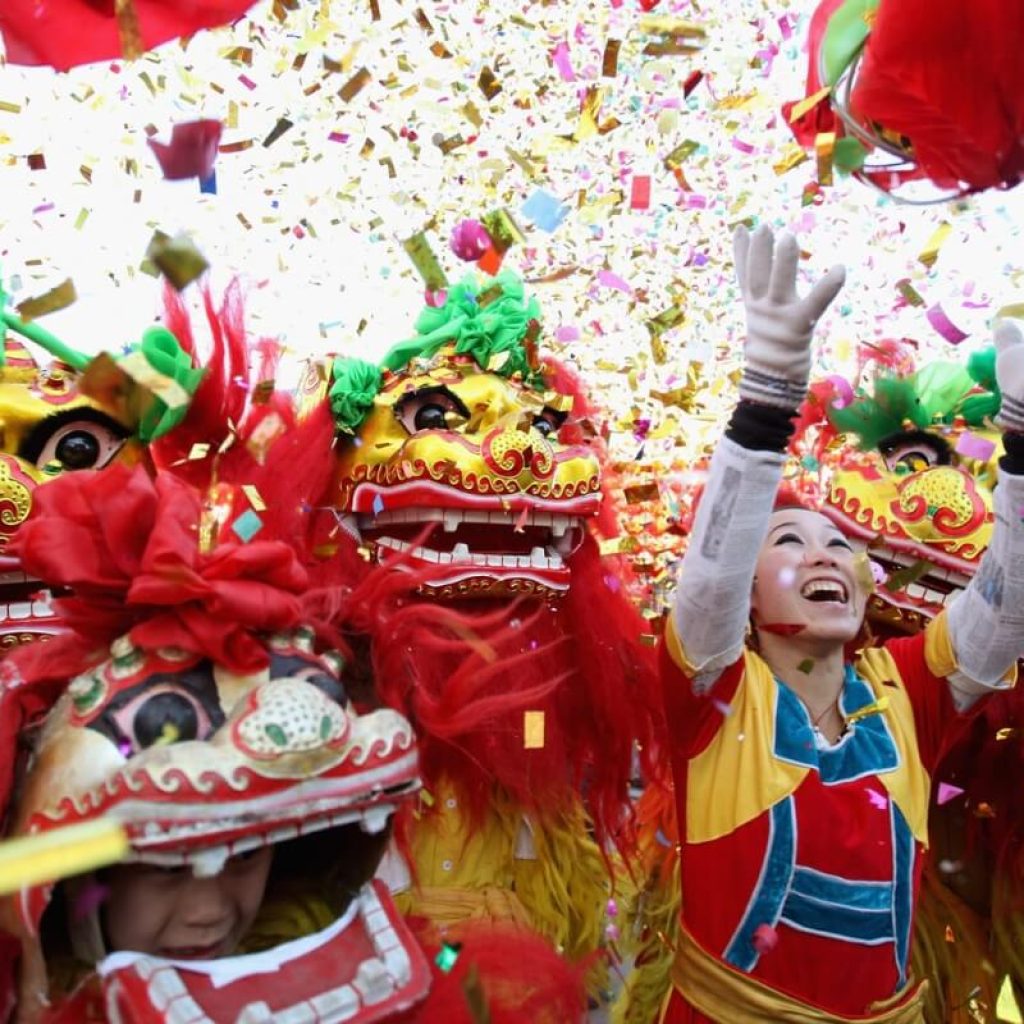
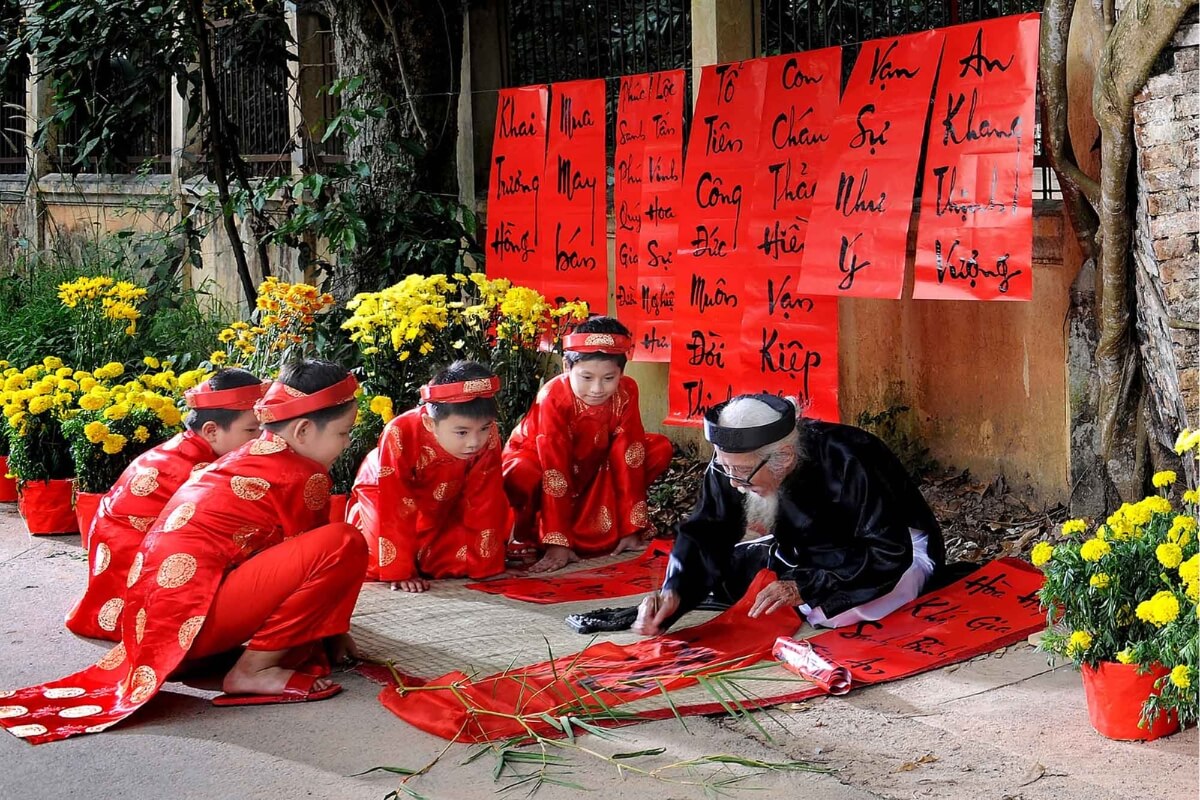
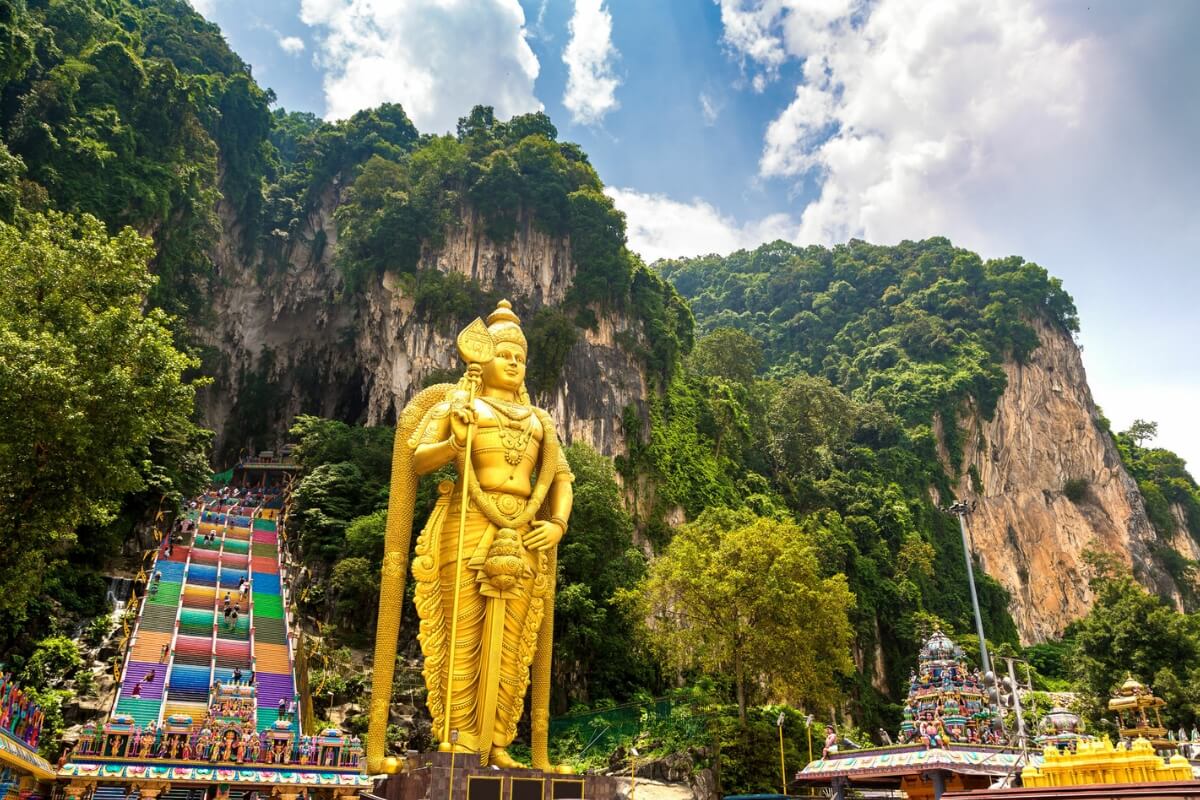
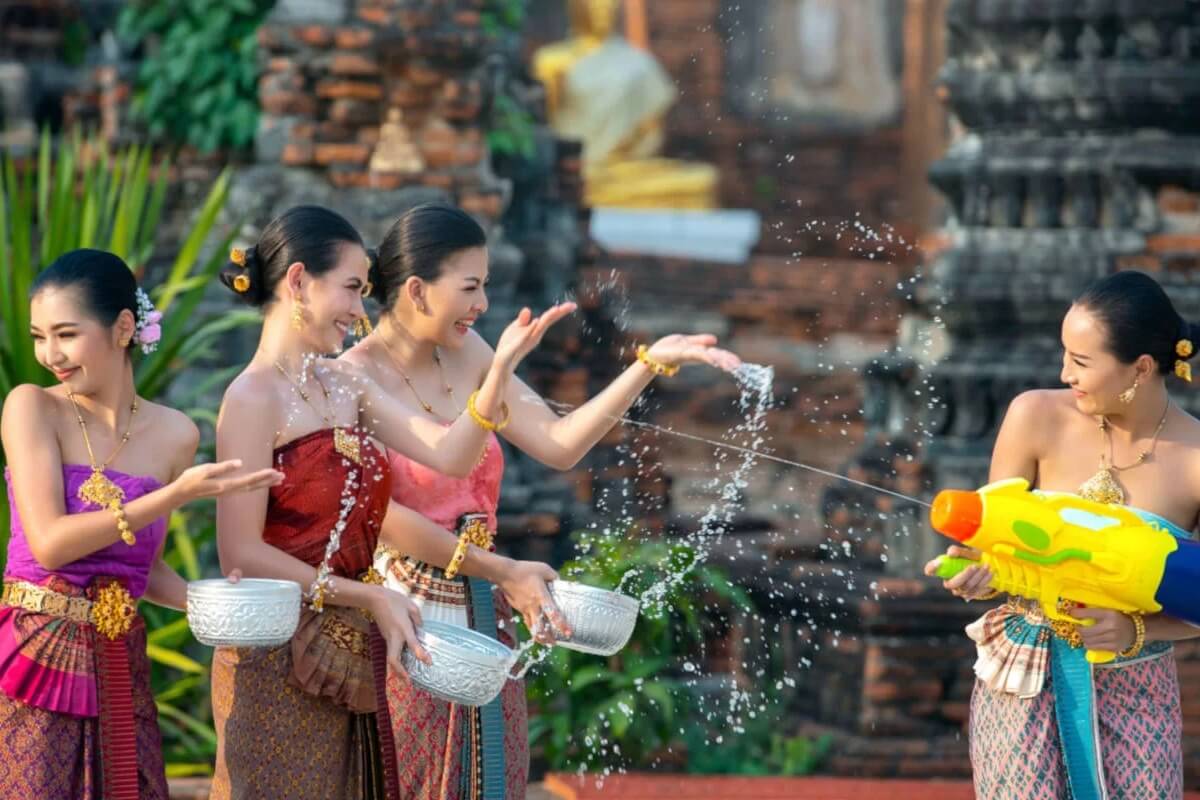
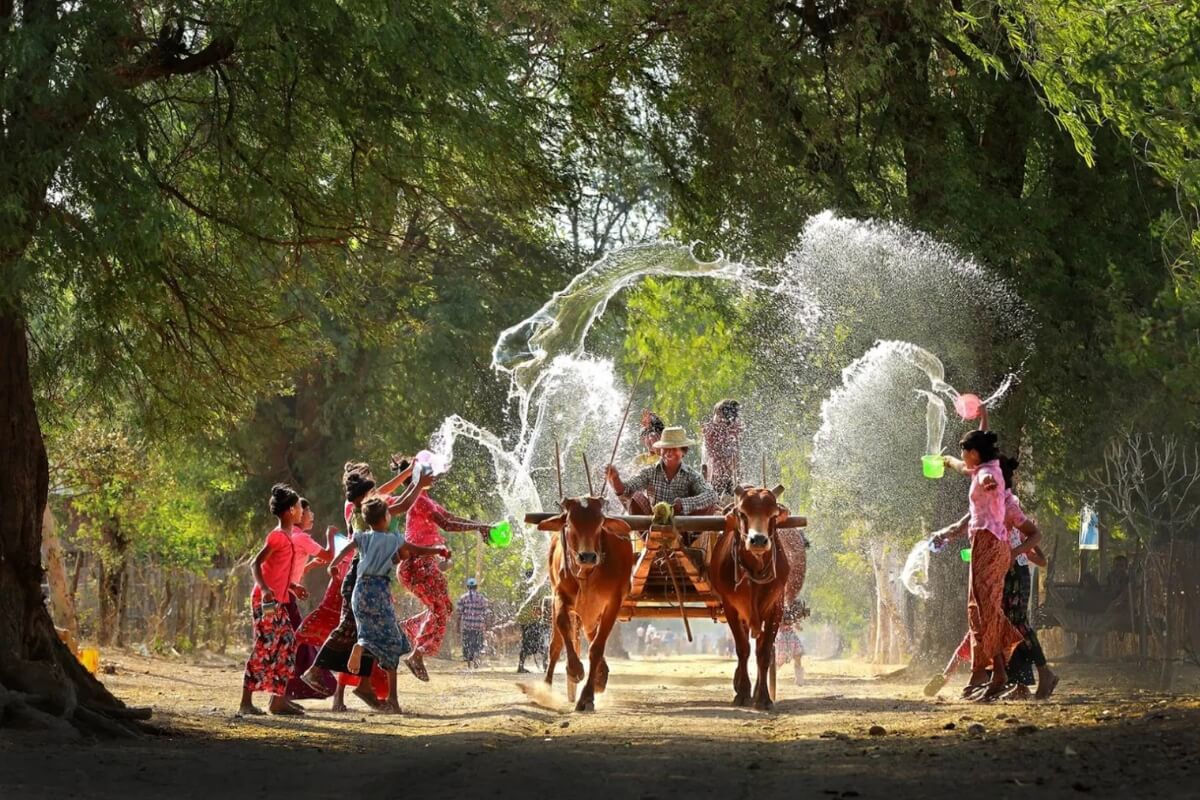
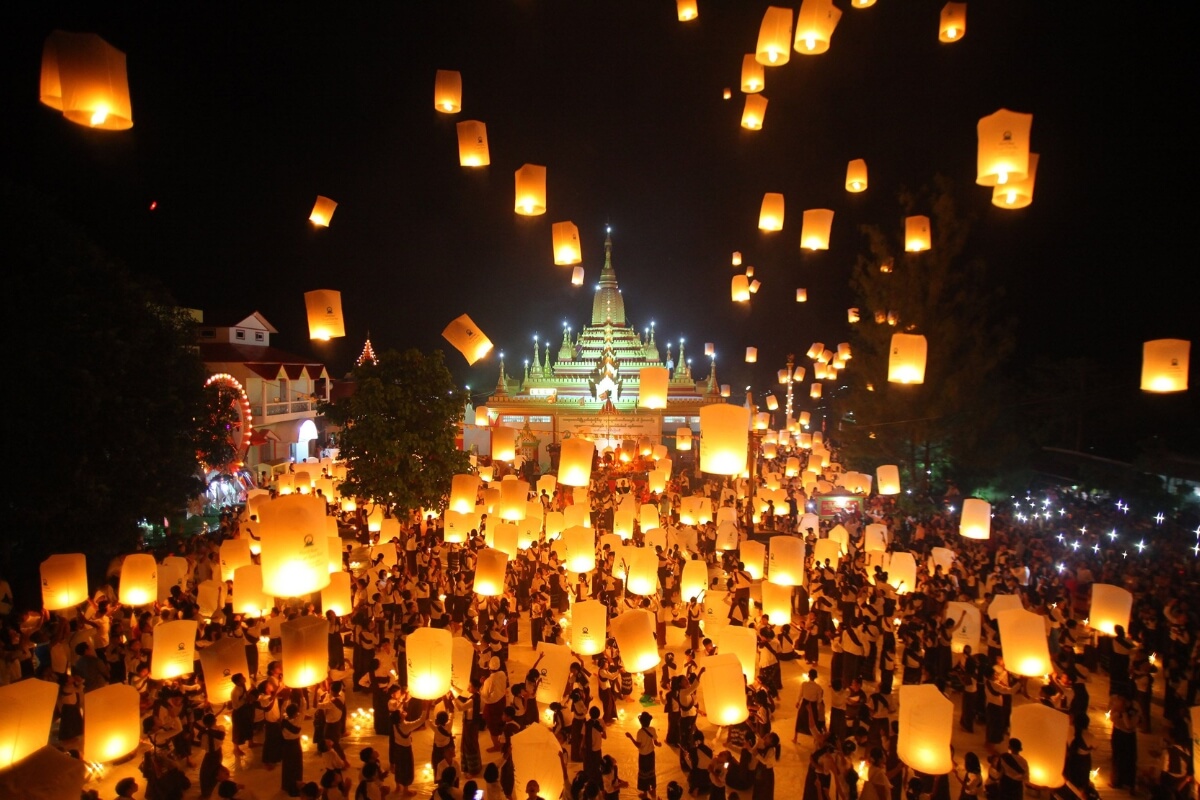
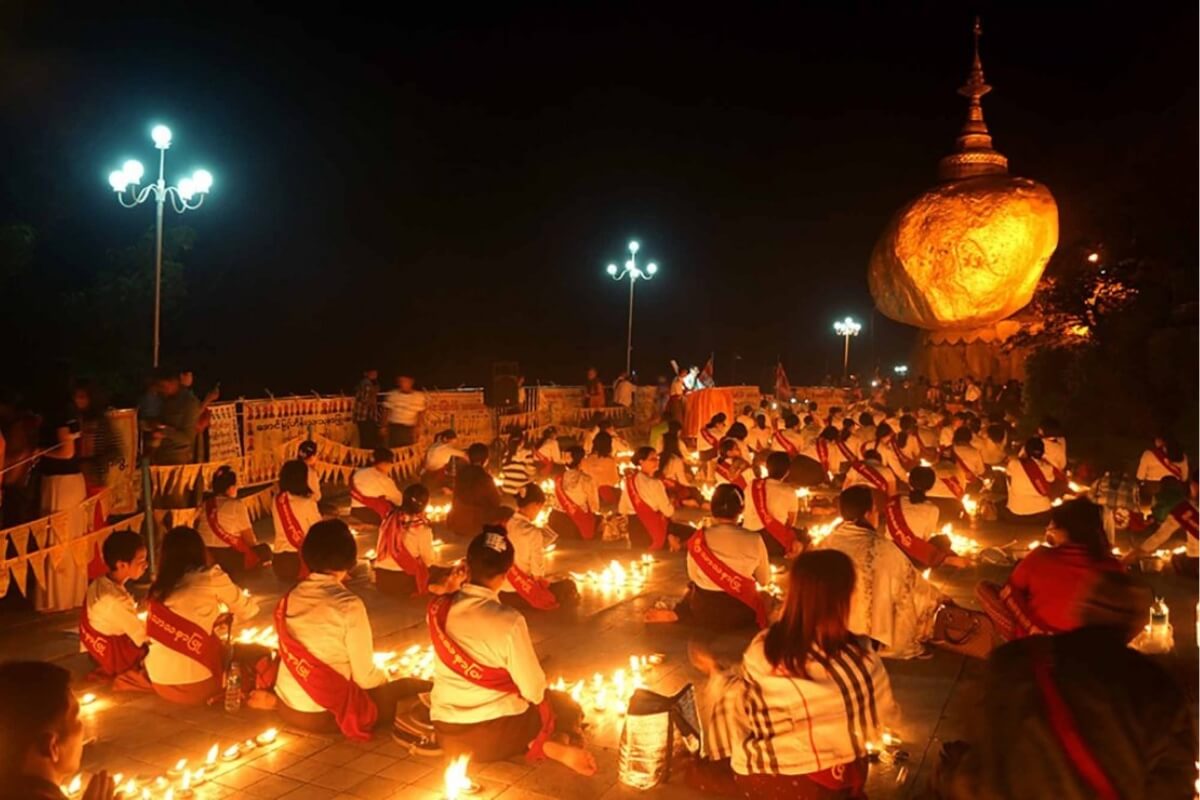
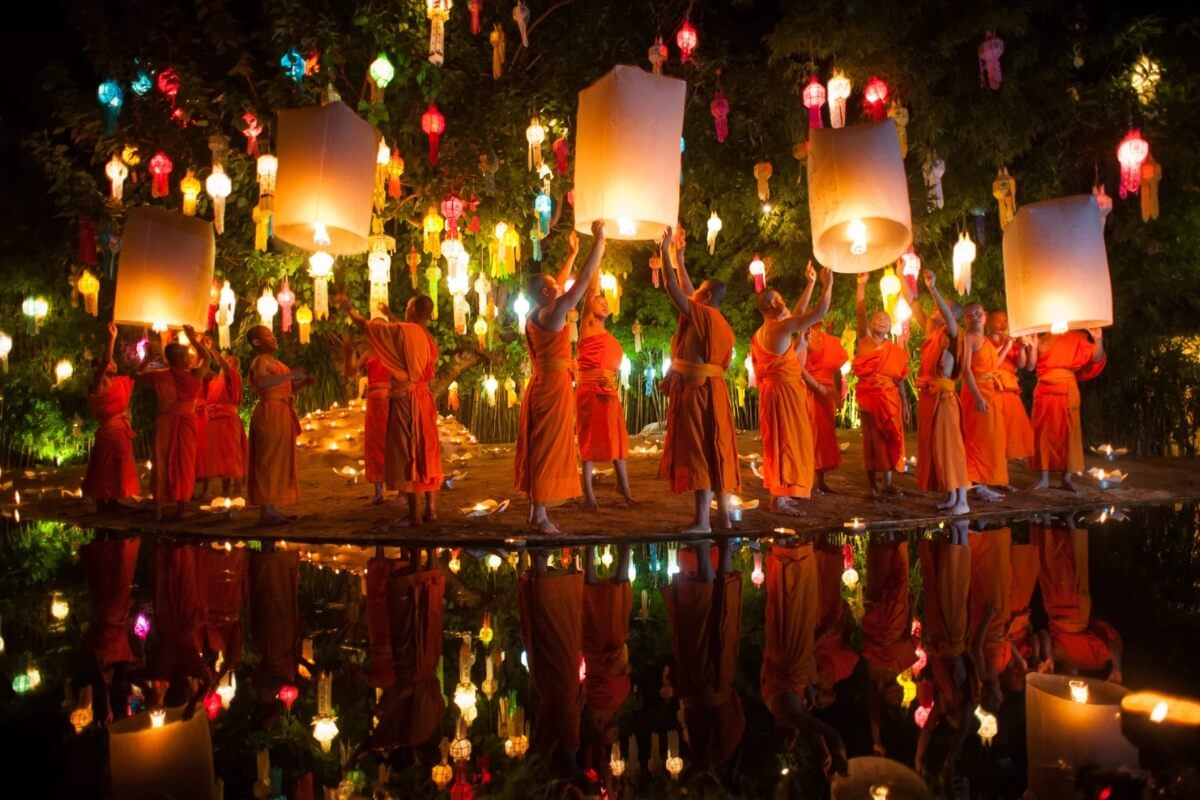
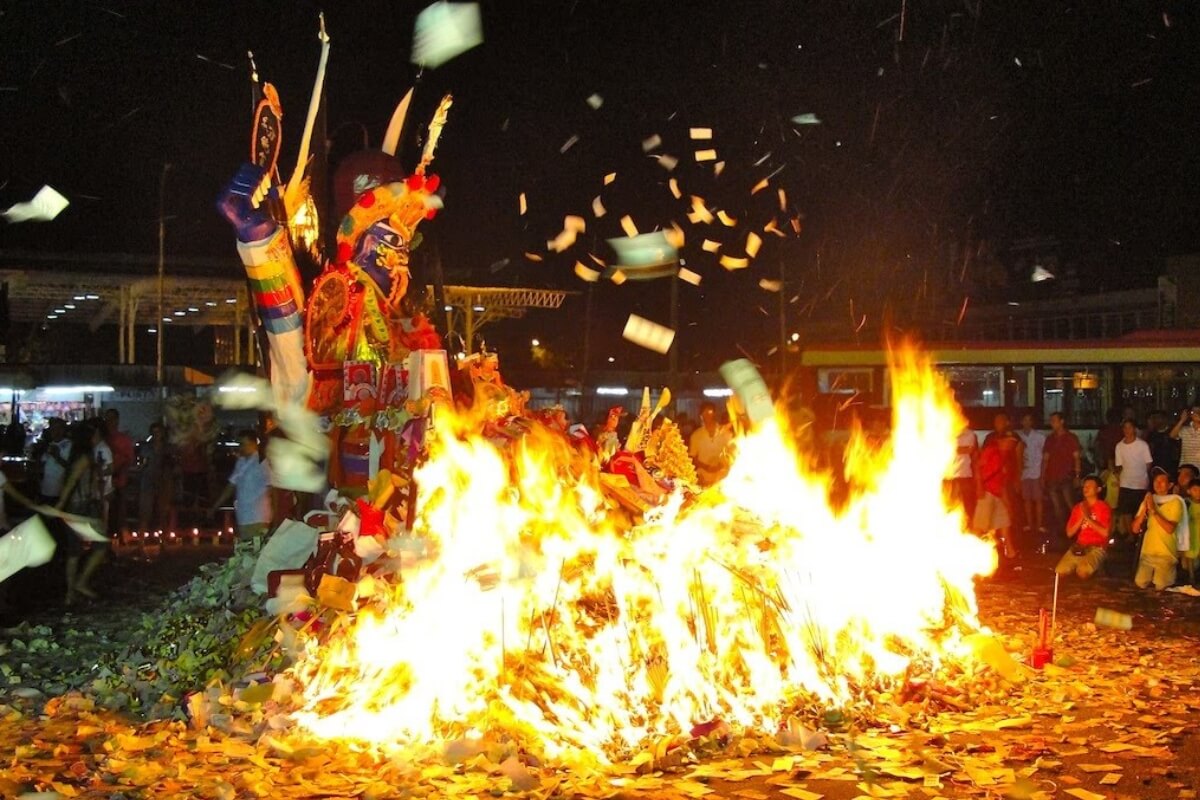
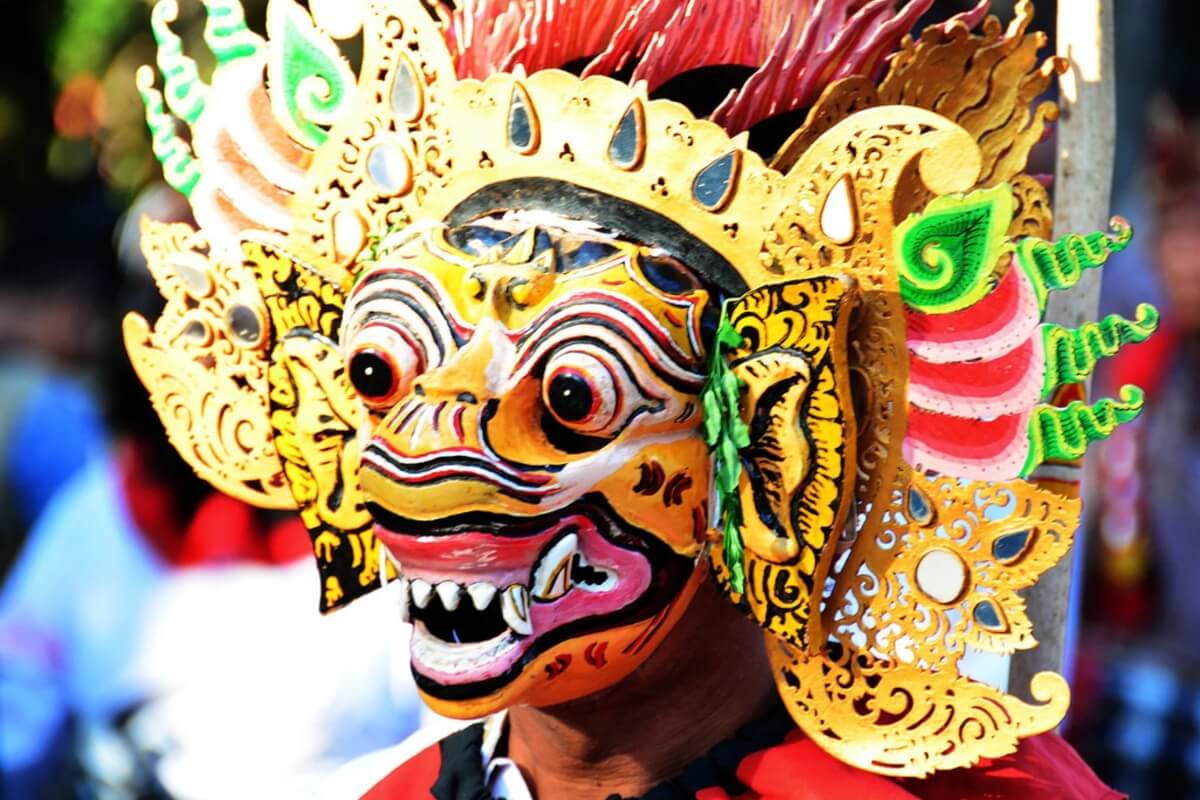
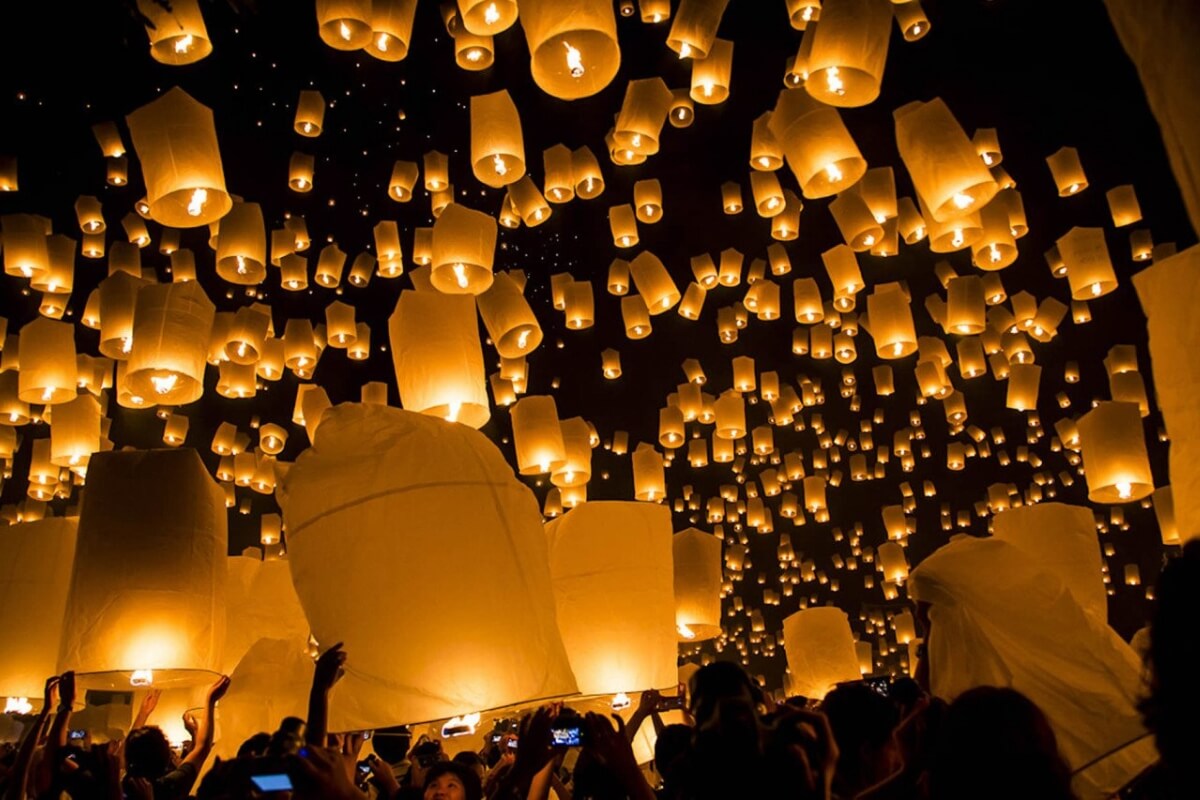
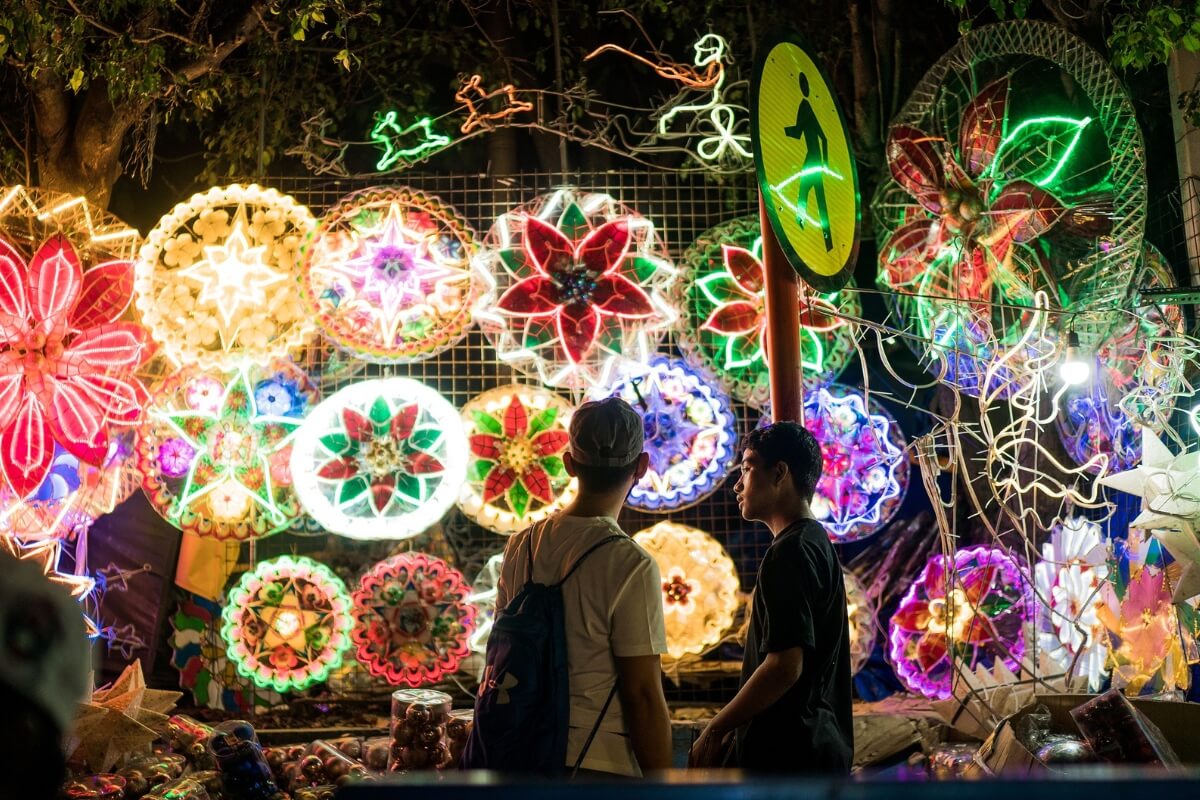
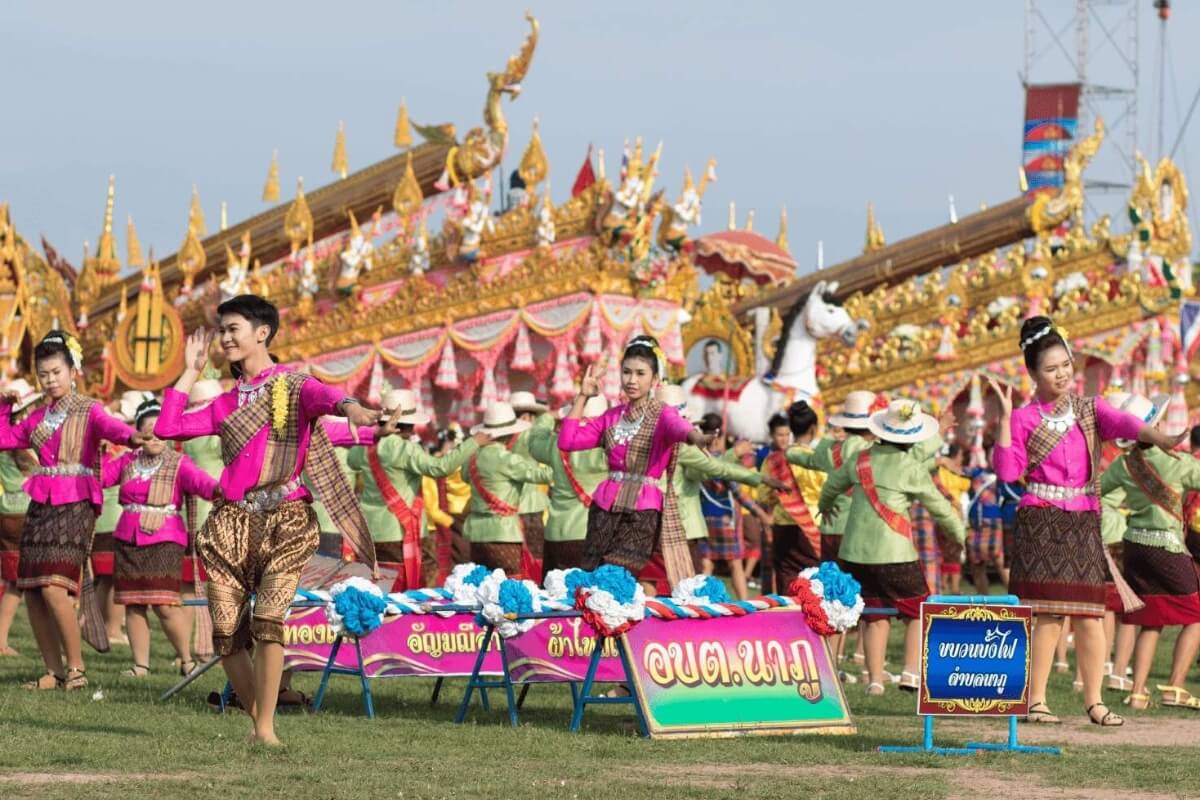
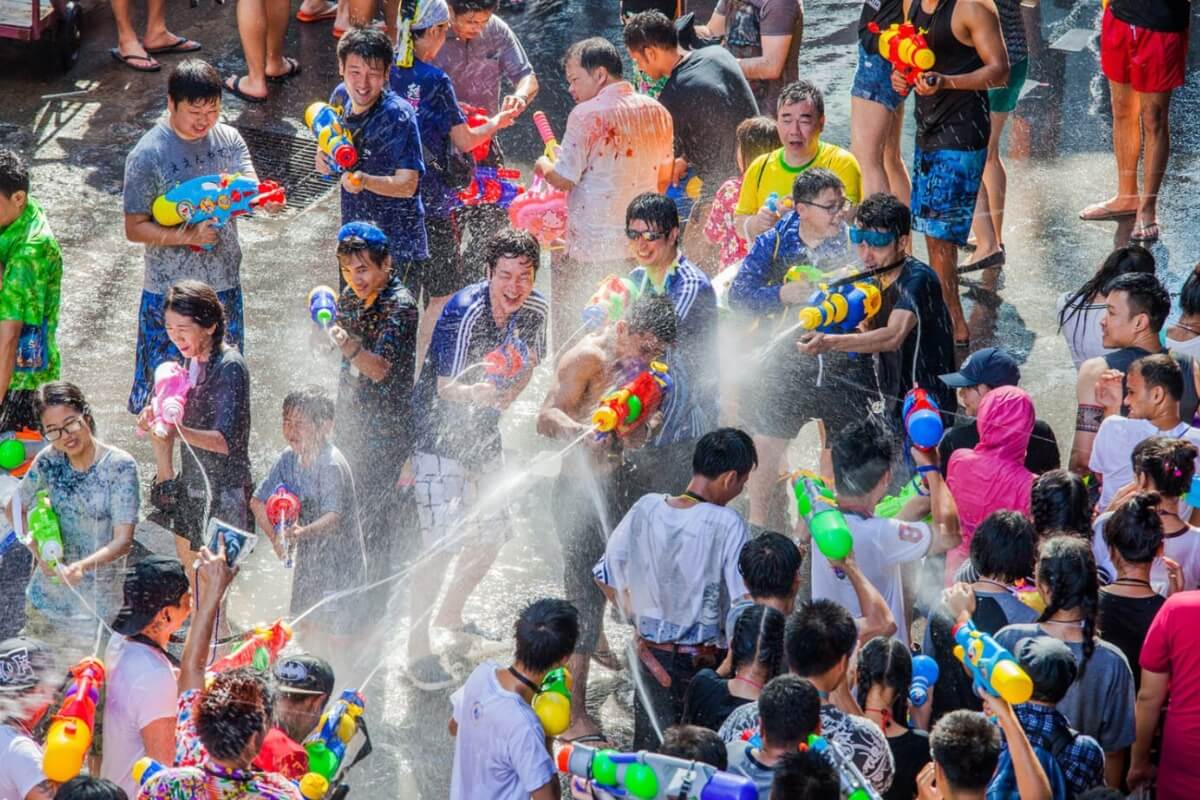

Comment (0)